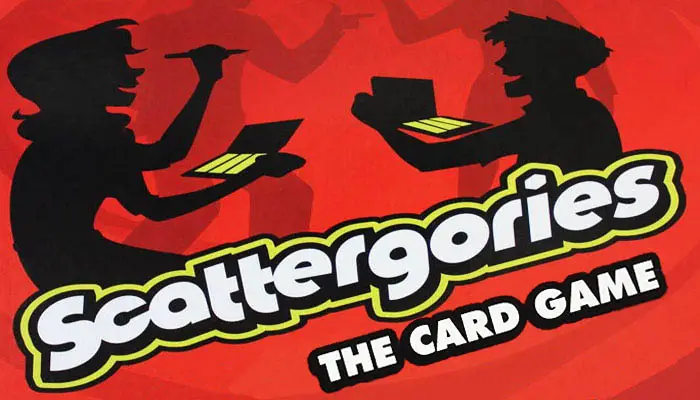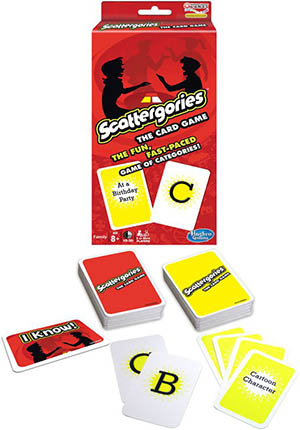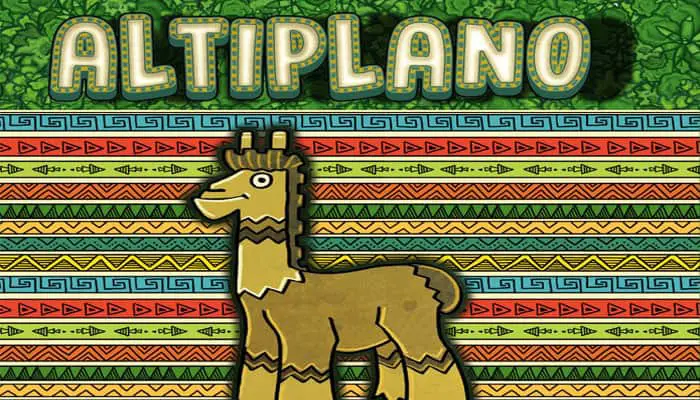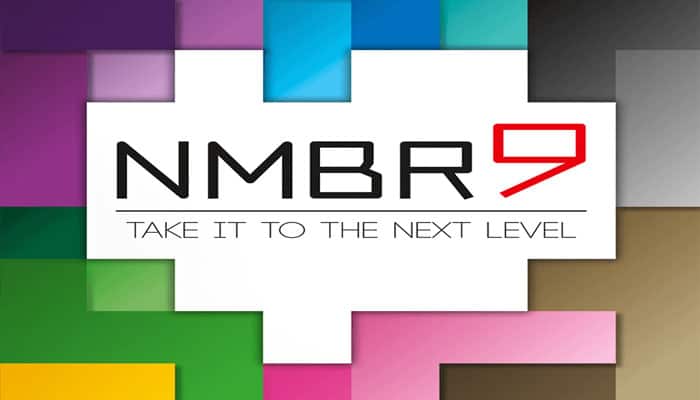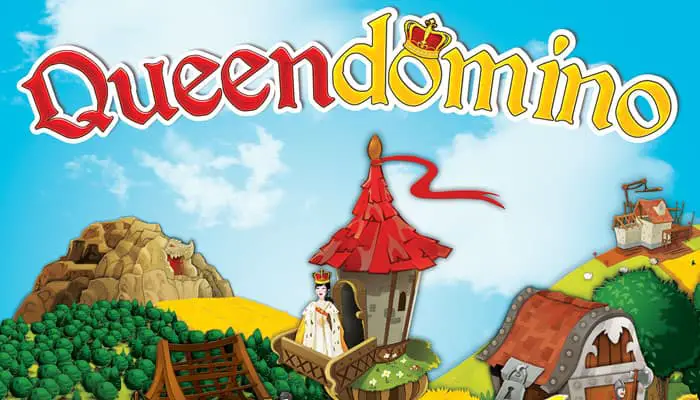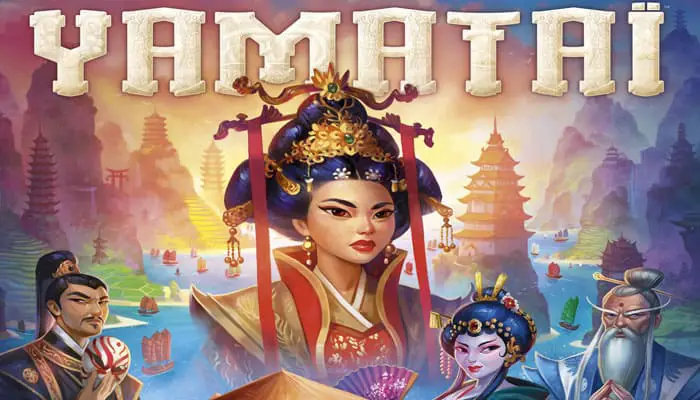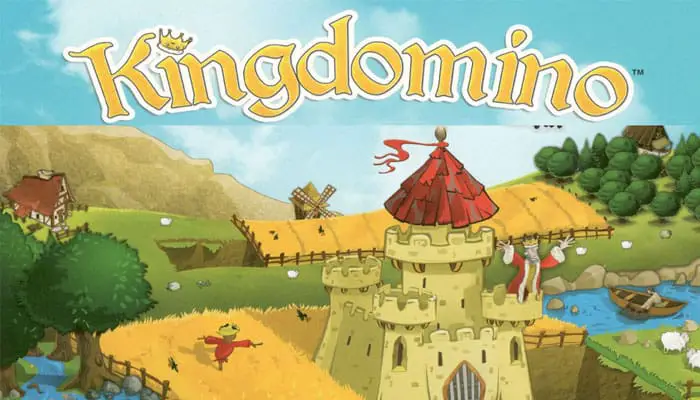

You are a Lord seeking new lands to expand your Kingdom. You must explore all the lands, wheat fields, lakes, mountains in order to spot the best plots. But be careful, as some other Lords are also coveting theses lands...
Note: Before your first game, assemble the 4 small castles.
Components
- 4 starting tiles
- 4 3D castles (1 pink, 1 yellow, 1 green, 1 blue)
- 48 dominoes (1 landscape side, 1 numbered side)
- 8 wooden king in 4 colors (2 pink, 2 yellow, 2 green, 2 blue)
Object of the Game
Connect your dominoes in order to build your kingdom in a 5x5 grid in a way to score the most prestige points. …



